
|
|
Font Size:
|
||||
|
|
|
|
||||
STATISTICAL BRIEF #241:
Total Medication and Prescription Expenditures by Current Asthma Status and Whether Asthma Daily Preventive Medicine Is Being Taken, United States, 2006
Highlights
- In 2006, an estimated 7.1 percent of the population (approximately 21.2 million in the U.S.) had current asthma (ever told they have asthma, and reported an attack in the past 12 months or reported still having asthma). An estimated 31.6 percent take asthma daily preventive medicines daily or almost every day.
- For persons with current asthma who take asthma daily preventive medicine, average total medical expenditures are 2.4 time the average total medical expenditures for persons without current asthma ($7,586 vs. $3,131) and 1.6 times the average total medical expenditures for persons with current asthma who do not take asthma daily preventive medicine ($7,586 vs. $4,721).
- Average total prescription expenditures for persons with current asthma who take asthma daily preventive medicine are 3.8 times the average total prescription expenditures for persons without current asthma ($2,548 vs. $666) and 1.9 times the average total prescription expenditures for persons with current asthma who do not now take asthma daily preventive medicine ($2,548 vs. $1,336).
- Average total medical expenditures and average total prescription expenditures vary according to a number of demographic and other variables within each of these three asthma status /treatment groups (with current asthma, with current asthma and taking asthma daily preventive medicine, and with current asthma but not taking asthma daily preventive medicine).
Introduction
Asthma is a chronic respiratory disease in which the airways of the lungs become inflamed and constricted. Data from the 2006 Medical Expenditure Panel Survey show that 9.9 percent of the U.S. civilian noninstitutionalized population (29.7 million people) have been told by a doctor or other health professional that they have asthma. Approximately 72 percent of those who have been told they have asthma have 'current' asthma--that is they have had an asthma episode during the past 12 months or report they still have asthma. These individuals comprise an estimated 7.1 percent of the total population.Asthma daily preventive medicines are often beneficial for the long-term control and management of asthma. An estimated 31.6 percent of those with current asthma take asthma daily preventive medicines daily or almost every day.
This Statistical Brief presents estimates of average total medical expenditures and average total prescription expenditures in 2006, by current asthma status and use of asthma daily preventive medicine. The estimates are derived from the Household Component of the Medical Expenditure Panel Survey (MEPS-HC).
Unless otherwise indicated, all differences discussed in the text are statistically significant at the .05 level or better.
Findings
In 2006, an estimated 7.1 percent of the population (approximately 21.2 million in the U.S.) had 'current' asthma. Current asthma is defined as having been told by a doctor or other health professional that you have asthma, and having had an asthma episode during the past 12 months or reporting to still have asthma. Of those with current asthma, 31.6 percent are now taking asthma daily preventive medicines daily or almost every day.Average total medical expenditures and average total prescription expenditures are higher for persons with current asthma than for persons without current asthma and are higher for those with current asthma who take asthma daily preventive medicine (figures 1a and 1b). For persons with current asthma who take asthma daily preventive medicine, average total medical expenditures are 2.4 times as high as the average total medical expenditures for persons without current asthma ($7,586 vs. $3,131) and 1.6 times as high as the average total medical expenditures for persons with current asthma who do not take asthma daily preventive medicine ($7,586 vs. $4,721). Average total prescription expenditures for persons with current asthma who take asthma daily preventive medicine are 3.8 times as high as the average total prescription expenditures for persons without current asthma ($2,548 vs. $666) and 1.9 times as high as the average total prescription expenditures for persons with current asthma who do not now take asthma daily preventive medicine ($2,548 vs. $1,336).
This pattern of expenditures generally holds within each of the age groups, race/ethnicity groups, family income groups, and health insurance groups (for those ages 0-64) under consideration. The few exceptions noted were for those ages 45-64, and for Hispanics, where the average total medical expenditures for those with current asthma who take asthma daily preventive medicine are not significantly different from the average total medical expenditures for those with current asthma who do not take asthma daily preventive medicine (figures 1a and 2a). Similarly, for Hispanics the average total prescription expenditures for those with current asthma who take asthma daily preventive medicine are not significantly different from the average total prescription expenditures for those with current asthma who do not take asthma daily preventive medicine (figure 2b).
Average total medical expenditures and average total prescription expenditures vary according to a number of demographic and other variables within each of these three asthma status/treatment groups (without current asthma, with current asthma and taking asthma daily preventive medicine, and with current asthma but not taking asthma daily preventive medicine).
Age. For those without current asthma and for those with current asthma taking asthma daily preventive medicine, average total medical expenditures and average total prescription expenditures increase with age (figures 1a & 1b). For example for those with current asthma taking asthma daily preventive medicine, average total medical expenditures increased from $2,985 for those ages 0-17, to $6,360 for those ages 18-44, to $9,001 for those ages 45-64, and to $13,861 for those ages 65 and over. For those with current asthma who do not take asthma daily preventive medicine, the average total medical expenditures increased with age from ages 0-17 to ages 45-64: $1,693 for those ages 0-17, to $3,397 for those ages 18-44, to $8,064 for those ages 45-64. For those with current asthma who do not take asthma daily preventive medicine, the average total prescription expenditures increased from $882 for those ages 18-44 to $2,450 for those ages 45-64.
Race/ethnicity. For those without current asthma, white non-Hispanics have higher average total medical expenditures than black non-Hispanics, other non-Hispanics, and Hispanics ($3,590 vs. $2,857, $2,271 and $1,779) (figure 2a). For those with current asthma who are taking asthma daily preventive medicine, white non-Hispanics have higher average total medical expenditures than Hispanics ($8,006 vs. $4,862). For those without current asthma, average total prescription expenditures for white non-Hispanics are higher than for black non-Hispanics, other non-Hispanics and Hispanics (figure 2b). For those with current asthma not taking asthma daily preventive medicine, average total prescription expenditures for white non-Hispanics are higher than for black non-Hispanics and Hispanics. For those with current asthma taking asthma daily preventive medicine, average total prescription expenditures for non-Hispanic whites and for non-Hispanic blacks are nearly twice the average total prescription expenditures for Hispanics ($2,649, $2,615 vs. $1,423).
Family income. For those without current asthma, average total medical expenditures are higher for those with high family income ($3,520) than for those who are poor ($2,859) or with low ($3,040) or middle ($2,809) family income (figure 3a). For those without current asthma, persons with high family income pay more on average for their total prescription expenditures ($748) than for those who have middle ($579) family income (figure 3b). On the other hand, for those with current asthma who are taking asthma daily preventive medicine, those with high income pay less on average ($2,144) for their total prescription expenditures than those who are poor ($2,883) or have middle family income ($2,769).
Health insurance. For persons under age 65, uninsured persons have lower average total medical expenditures and lower average total prescription expenditures than those with any private insurance or with public only insurance for persons without current asthma, and for persons with current asthma not taking prescription medicine (figures 4a and 4b).
Data Source
The estimates in this Statistical Brief are based on data from the 2006 Full-Year Consolidated File (HC-105).Definitions/Methodology
Current asthma statusThe determination of current asthma status is based on three separate questions asked in rounds 3 and 5 of the 2006 survey. Rounds 3 and 5 were administered during the first half of 2006. The first question asks whether the person has ever been told by a doctor or other health professional that he or she has asthma. Persons identified as ever having asthma were asked two additional questions: whether they still have asthma; and, whether they had an episode of asthma or an asthma attack during the past 12 months. Those reported as still having asthma or of having an asthma episode during the past 12 months were classified as currently having asthma.
Taking asthma daily preventive medicines
The determination of whether a person is taking asthma daily preventive medicines is based on two questions in rounds 3 and 5 of the 2006 survey asked of people with current asthma. Of persons identified with current asthma a question is asked about whether the person has ever taken the preventive kind of asthma medicine used every day to protect their lungs and keep them from having attacks. Of those answering yes, a second question is asked about whether the person is now taking this medication daily or almost daily.
Total medical expenditures
Total medical expenditures included the total direct payments from all sources to hospitals, physicians, other health care providers (including dental care and home health care), pharmacies and other medical services and/or equipment for services reported by respondents in the MEPS-HC. MEPS expenditures are defined as the sum of direct payments received, including out-of-pocket payments for care received and payments made by private insurance, Medicare, Medicaid, and other sources. Payments for over-the-counter drugs and alternative care services are not included in MEPS total expenditures. Indirect payments not related to specific medical events, such as Medicaid Disproportionate Share and Medicare Direct Medical Education subsidies, are also not included.
Age
For this report age refers to age at the time of the rounds 3 and 5 interviews (rounds in which the asthma questions were asked).
Race/ethnicity
Classification by race/ethnicity in this report are based on the following four race/ethnicity groups: Hispanic; black single race non-Hispanic; white single race non-Hispanic; and other races non-Hispanic. Classification by race and ethnicity is based on information reported in MEPS for each family member. First, respondents were asked if the person's main national origin or ancestry was Puerto Rican; Cuban; Mexican, Mexican American, or Chicano; other Latin American; or other Spanish. All persons whose main national origin or ancestry was reported as one of these Hispanic groups, regardless of racial background, were classified as Hispanic. All other persons were classified according to their reported race. The other non-Hispanic category includes non-Hispanics of other races or multiple races.
Family income status
Personal income from all family members within a household was summed to create family income. Based on the ratio of family income to the Federal poverty thresholds, which vary with family size and age of the head of the family, categories are defined as follows:
- Poor: Persons in families with income less than 100 percent of the poverty line, including those who reported negative income.
- Low income: Persons in families with income from 100-199 percent of the poverty line.
- Middle income: Persons in families with income from 200-399 percent of the poverty line.
- High income: Persons in families with income of at least 400 percent of the poverty line.
Individuals under age 65 were classified in the following three insurance categories, based on household responses to health insurance status questions:
- Any private health insurance: Individuals who, at any time during the year, had insurance that provides coverage for hospital and physician care (other than Medicare, Medicaid, or other public hospital/physician coverage) were classified as having any private health insurance. Coverage by TRICARE (Armed Forces-related coverage) was also included as private health insurance. Insurance that provides coverage for a single service only, such as dental or vision coverage, was not included.
- Public coverage only: Individuals were considered to have public coverage only if they met both of the following criteria: 1) they were not covered by private insurance at any time during the year, and 2) they were covered by any of the following public programs at any point during the year: Medicare, Medicaid, or other public hospital/physician coverage.
- Uninsured: The uninsured were defined as people not covered by any private hospital/physician insurance, Medicare, TRICARE, Medicaid, or other public hospital/physician programs at any time during the entire year or period of eligibility for the survey.
About MEPS
The MEPS Household Component (HC) is a nationally representative longitudinal survey that collects detailed information on health care utilization and expenditures, health insurance, and health status, as well as a wide variety of social, demographic, and economic characteristics for the U.S. civilian noninstitutionalized population. It is cosponsored by the Agency for Healthcare Research and Quality and the National Center for Health Statistics.For more information about MEPS, call the MEPS information coordinator at AHRQ (301-427-1656) or visit the MEPS Web site at http://www.meps.ahrq.gov/.
References
For a detailed description of the MEPS HC survey design, sample design and methods used to minimize sources of nonsampling error, see the following publications:Cohen, J. Design and Methods of the Medical Expenditure Panel Survey Household Component. MEPS Methodology Report No. 1. AHCPR Pub. No. 970026. Rockville, MD. Agency for Health Care Policy and Research, 1997. http://www.meps.ahrq.gov/mepsweb/data_files/publications/mr1/mr1.shtml
Cohen, S. Sample Design of the 1996 Medical Expenditure Panel Survey Household Component. MEPS Methodology Report No. 2. AHCPR Pub. No. 970027. Rockville, MD. Agency for Health Care Policy and Research, 1997. http://www.meps.ahrq.gov/mepsweb/data_files/publications/mr2/mr2.shtml
Cohen SB. Sample Design of the 1997 Medical Expenditure Panel Survey Household Component. Rockville (MD). Agency for Healthcare Research and Quality, 2000. MEPS Methodology Report No. 11, AHRQ Pub. No. 010001.
Cohen, SB. Design Strategies and Innovations in the Medical Expenditure Panel Survey. Medical Care, July 2003: 41(7) Supplement: III-5-III-12.
Chevarley, F.M. Asthma Preventive Medicine in 2006--Who Takes Them? Statistical Brief # 237. March 2009. Agency for Healthcare Research and Quality, Rockville, MD. http://www.meps.ahrq.gov/mepsweb/data_files/publications/st237/stat237.pdf
Suggested Citation
Chevarley, F.M. Total Medical and Prescription Expenditures by Current Asthma Status and Whether Asthma Daily Preventive Medicine Is Being Taken, United States, 2006. Statistical Brief # 241. April 2009. Agency for Healthcare Research and Quality, Rockville, MD. http://www.meps.ahrq.gov/mepsweb/data_files/publications/st241/stat241.pdfAHRQ welcomes questions and comments from readers of this publication who are interested in obtaining more information about access, cost, use, financing, and quality of health care in the United States. We also invite you to tell us how you are using this Statistical Brief and other MEPS data and tools and to share suggestions on how MEPS products might be enhanced to further meet your needs. Please email us at MEPSPD@ahrq.gov or send a letter to the address below:
Steven B. Cohen, PhD, Director
Center for Financing, Access, and Cost Trends
Agency for Healthcare Research and Quality
540 Gaither Road
Rockville, MD 20850
 |
||||||||||||||||||||||||||||||||||||
|
||||||||||||||||||||||||||||||||||||
|
|
||||||||||||||||||||||||||||||||||||
 |
||||||||||||||||||||||||||||||||||||
|
||||||||||||||||||||||||||||||||||||
|
|
||||||||||||||||||||||||||||||||||||
 |
||||||||||||||||||||||||||||||||||||
|
||||||||||||||||||||||||||||||||||||
|
|
||||||||||||||||||||||||||||||||||||
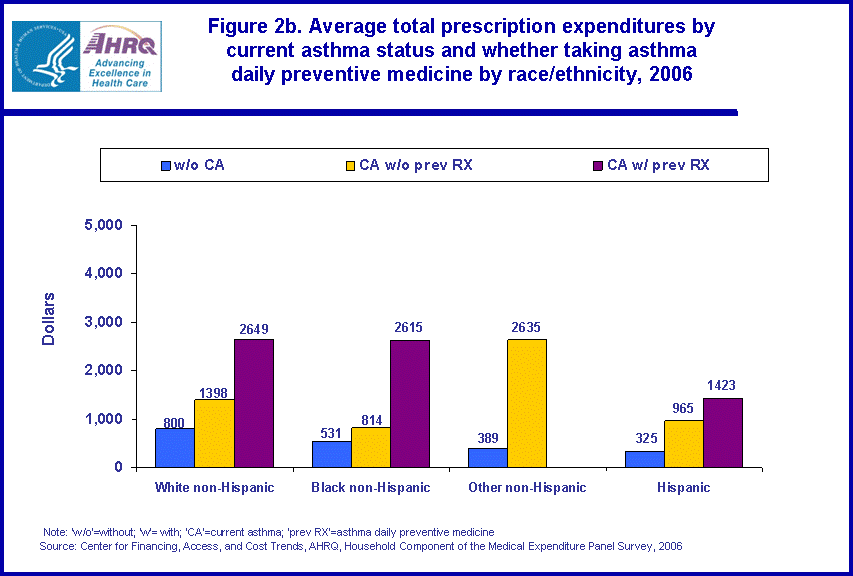 |
||||||||||||||||||||||||||||||||||||
|
||||||||||||||||||||||||||||||||||||
|
|
||||||||||||||||||||||||||||||||||||
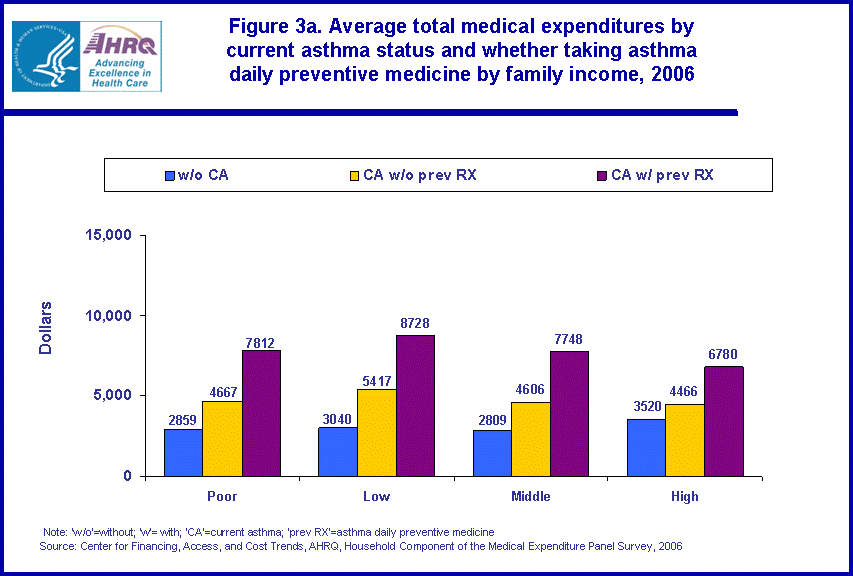 |
||||||||||||||||||||||||||||||||||||
|
||||||||||||||||||||||||||||||||||||
|
|
||||||||||||||||||||||||||||||||||||
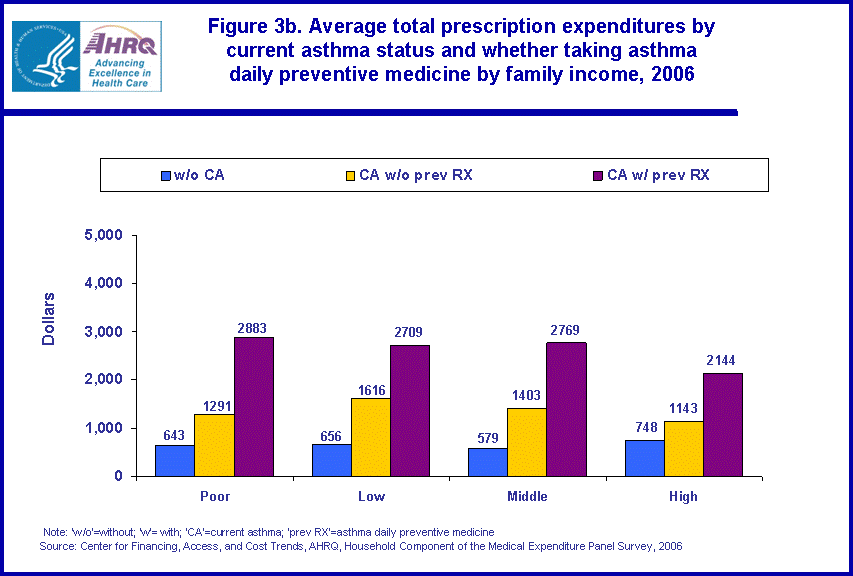 |
||||||||||||||||||||||||||||||||||||
|
||||||||||||||||||||||||||||||||||||
|
|
||||||||||||||||||||||||||||||||||||
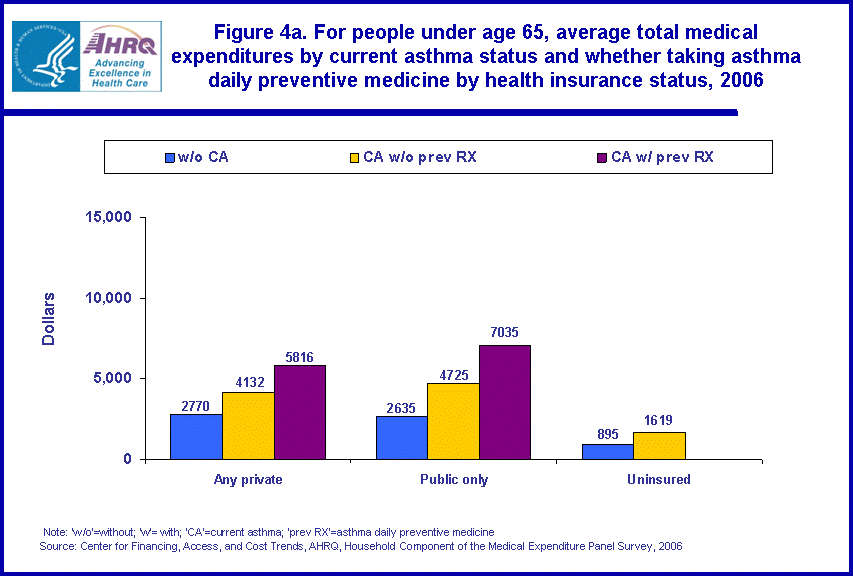 |
||||||||||||||||||||||||||||||||||||
|
||||||||||||||||||||||||||||||||||||
|
|
||||||||||||||||||||||||||||||||||||
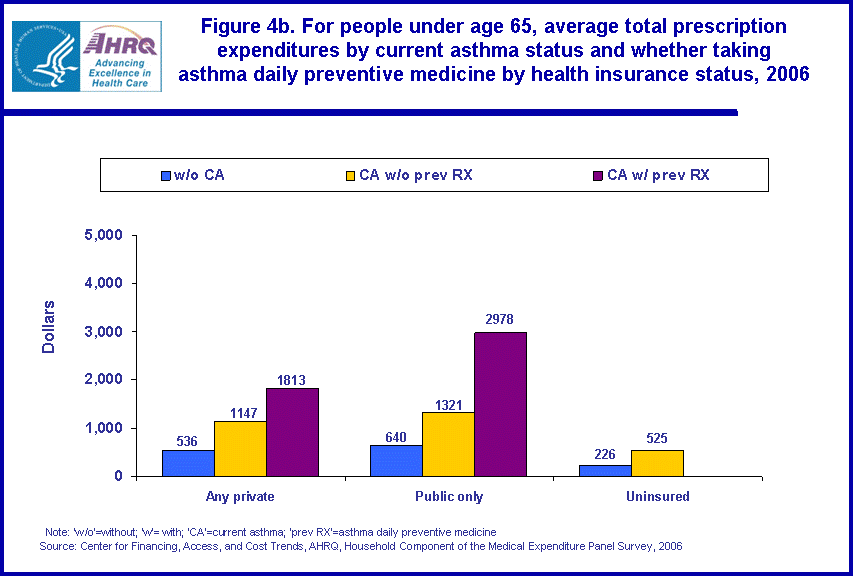 |
||||||||||||||||||||||||||||||||||||
|
||||||||||||||||||||||||||||||||||||
|
|
||||||||||||||||||||||||||||||||||||


